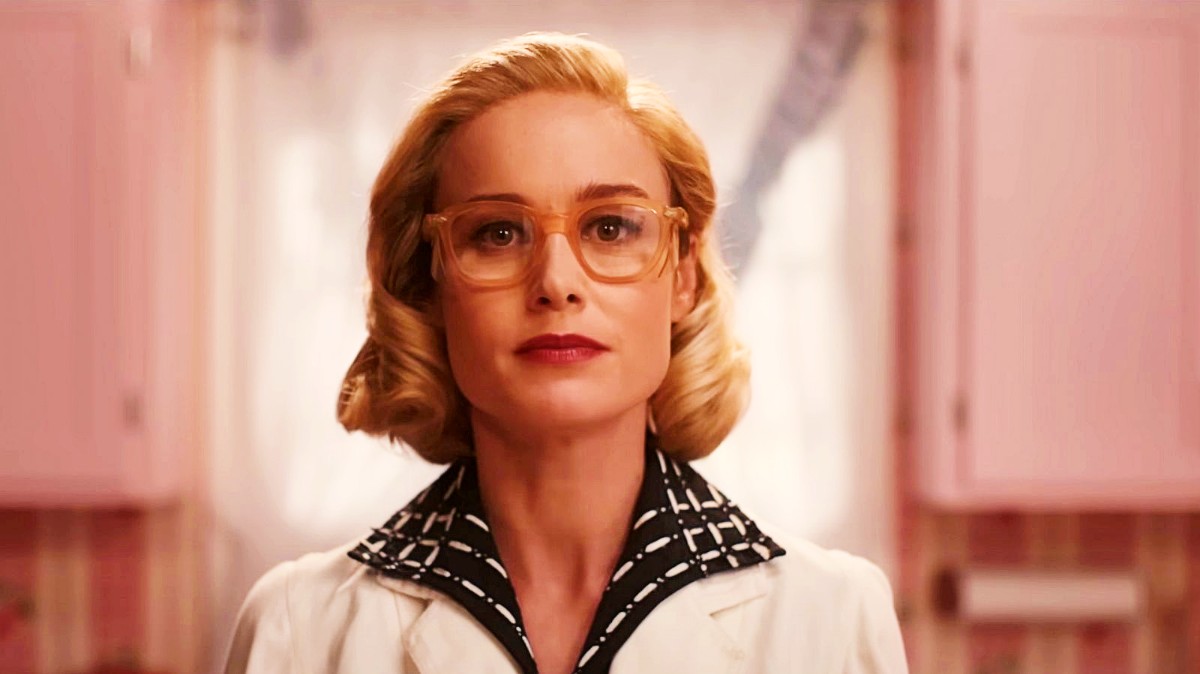My Mind Is Still Blown by Elizabeth’s Frog Pregnancy Test in ‘Lessons in Chemistry’

Apple TV+’s Lessons in Chemistry gave viewers a surprising lesson in chemistry and history with its frog pregnancy test. In the series’ third episode, Elizabeth Zott (Brie Larson) successfully tests for pregnancy using a frog, and it’s quite mind-blowing for those who weren’t aware this was an actual thing.
For those who aren’t familiar with Lessons in Chemistry, Zott is a chemist who seems to find a solution to every problem through chemistry. While she works at Hastings Research Institute as a lab technician, many of her experiments occur off the clock. Due to Hastings not being very accommodating, she is forced to go it alone while pursuing her passion, which is abiogenesis, the theory that lifeforms evolved from non-living matter. Additionally, Zott uses chemistry in her everyday life, especially in cooking. She uses chemistry to create nearly perfect recipes, such as studying the proteins in cheese to melt it perfectly for her lasagna.
What’s especially fun about Lessons in Chemistry is that the chemistry is fairly accurate. The show is based on the book of the same name by Bonnie Garmus, who consulted Ph.D. scientists to check the chemistry. Hence, as the title suggests, you can come away with actual chemistry lessons, including those that can be applied to everyday life. Even while knowing a bit about the many unusual ways Zott manages to bring chemistry into her life, I was not expecting the frog pregnancy test.
Did you know you can test for pregnancy with an amphibian?
In the third episode, Zott begins experiencing some pregnancy symptoms, such as a missed period and morning sickness. Of course, this is Zott we’re talking about, and she’s not the type to rely on a mere untested hypothesis. The only problem is this is the 1950s, and pregnancy tests don’t exist … or do they? Like a woman on a mission, Zott suddenly darts off down the halls of Hastings until she finds a room with what she’s looking for: frogs. She sneaks off with two frogs and heads into the women’s bathroom.
At this point, I’m thinking, no way. There’s no way she’s actually going to use frogs to test her pregnancy. However, we next see her injecting the test frog with her urine and setting a timer to wait for the results. I was very curious to see how the frogs would tell her if she was pregnant. I’m not going to lie; my ignorant self was half expecting the water around the frog to turn blue or pink or something. Then, when the timer goes off, she finds that the frog has laid hundreds of little eggs, confirming her pregnancy.
Even by the end, I was still in doubt. Surely, injecting a frog with a pregnant woman’s urine doesn’t cause frogs to lay eggs. However, frogs were, indeed, one of the earliest pregnancy testers. Lancelot Hogben was the first to make the discovery in the 1930s. He was a zoologist who conducted experiments by injecting frogs with hormones. After injecting a frog named Xenopus with extracts from an ox’s pituitary gland, he was surprised to discover it caused the frog to start laying eggs.
Meanwhile, since pregnant women’s urine contains hormones produced by the pituitary gland, it wasn’t long before this discovery prompted the idea of a pregnancy test. Sure enough, a hormone generated during pregnancy is found in urine called the human chorionic gonadotropin, which frogs respond to by laying eggs. When not mating, nothing else can cause spontaneous egg-laying in frogs. Hence, they became the most reliable pregnancy test at the time, the Hogben Test.
At a time when women weren’t allowed to know anything about their bodies or reproduction for fear of them someday exercising fertility control, the Hogben Test provided them with a humane way to test pregnancy themselves. It gave them a tiny bit of control and power that would help pave the way for the Sexual Revolution.
(featured image: Apple TV+)
Have a tip we should know? tips@themarysue.com